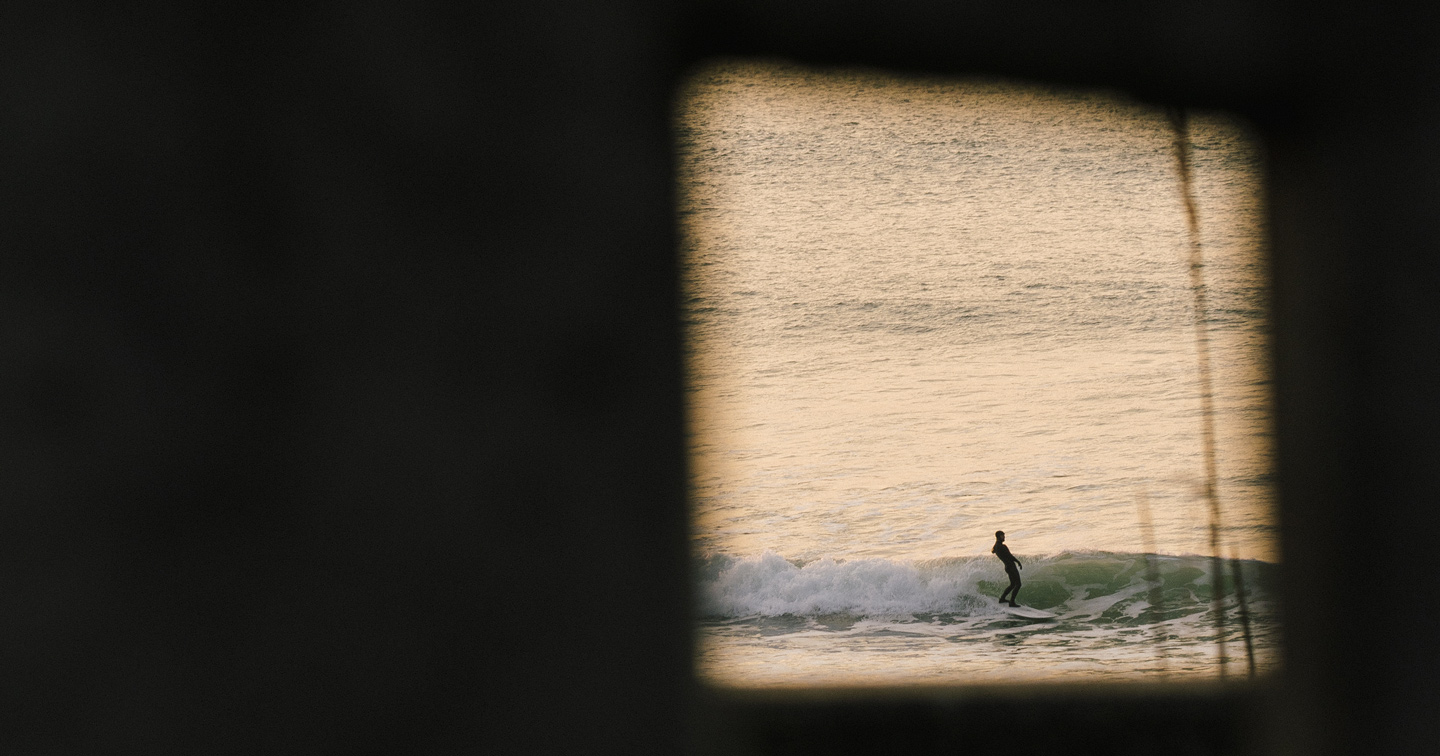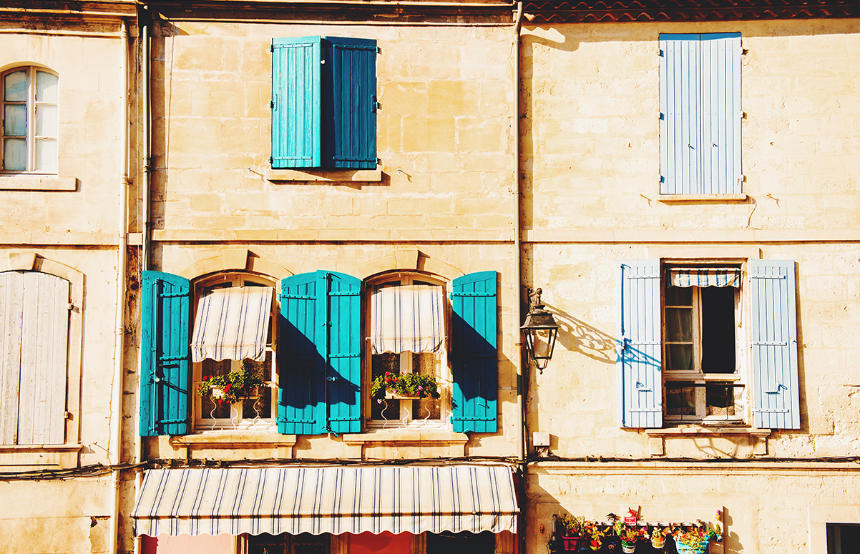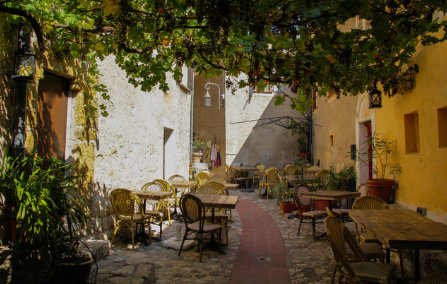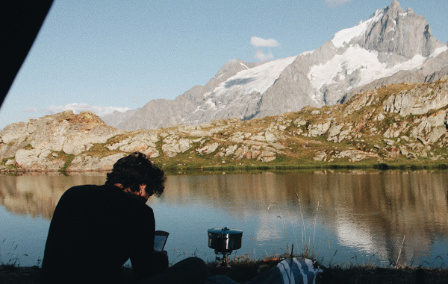Published 28th Feb. 2022
Reading time
The iconic French capital plays host to an impressive array of legendary landmarks, and with a sense of romance suffusing the leafy boulevards and Gothic architecture, it won’t take you long to figure out why it’s nicknamed both the ‘City of Love’ and the ‘City of Light’. Boasting a certain je ne sais quoi that seduces travellers and locals alike, Paris also offers the perfect blend of gallery-hopping, boutique shopping and gastronomic indulgence. As a result, narrowing down the list of what to see in Paris is no mean feat. The solution to this? The obvious answer would be to plan more than one visit to the romance capital of the world, but for now, use our handy list of must sees in Paris to get you started…
As the world’s most-visited paid monument, with over seven million visitors a year (and an average of 25,000 a day), it’s no surprise that the Eiffel Tower tops our list of must sees in Paris. The 1,063 foot-tall tower was commissioned to impress visitors and demonstrate the country’s engineering skills at the World’s Fair (Exposition Universelle), held in Paris in 1889. Today you can head to the observation deck on the second floor and the former office of Gustave Eiffel – the structure’s designer – on the top floor, for panoramic views of the city (with the help of queue-jumping tickets organised by us, of course). This instantly recognisable silhouette has become a symbol of the city, which is even more impressive at night, as when darkness falls the tower is illuminated by 20,000 bulbs, creating a stunning light spectacle.
A visit to Paris wouldn’t be complete without sampling some traditional French pastries and Angelina Patisserie is an excellent place to do so. The iconic tearoom was established in 1903 opposite Jardin de Tuileries, and has welcomed many famous guests, including Coco Chanel and Proust. Indulge in a slice of the sweet life with chocolat chaud (hot chocolate) and macarons, while admiring the elaborate Belle Époque design of the interior.
Another world famous site, the Louvre holds the top-spot for most-visited museum. Expect long lines to enter and tourist crowds around the most well-known works, although purchasing a timed ticket in advance can help to reduce wait times. We can also arrange for a private guide to take you around some of the lesser known - but no less spectacular - artworks, as while da Vinci’s Mona Lisa (one of the most well-known paintings in the world) and the Venus de Milo are the museum’s most famous pieces, there are numerous other artifacts worth visiting, representing over 11,000 years of culture and civilisation.
Often, and deservedly, described as ‘the world’s most beautiful avenue’, the Champs-Élysées runs from the Place de la Concorde in the east to the Place de Gaulle in the west. Punctuating the avenue are an array of luxury boutiques, authentic restaurants and riveting museums, although simply strolling along the tree-lined boulevard will make you feel like you’re embracing the Parisian way of life. The avenue also owes its legendary status to the major events which take place there annually, such as the Bastille Day military parade and the final stage of the Tour de France. To the west, it’s guarded by the Arc de Triomphe, another of our must sees in Paris, which honours those who fought during the French Revolution and Napoleonic Wars. For impressive views of the city, climb the 284 steps to the top of the Arc.
The subject of many famous impressionist paintings, the River Seine flows through the heart of Paris, bordering ten of the 20 arrondissements. In total, there are 37 bridges joining the two sides of the city, the oldest being the Pont Neuf, which dates back to 1578. Another of note is the Pont des Arts, a pedestrianised bridge, which links the Institut de France to the Palais du Louvre. In 2008, couples began attaching engraved padlocks to the bridge and throwing the key into the Seine as a symbol of their love. By 2014, the padlocks weighed 45 tons and caused part of the bridge to collapse; today, the padlocks have been removed and the city encourages visitors to take selfies instead through their campaign ‘Love without Locks’. Île de la Cité, an island in the middle of the river, is Paris’ oldest settlement and the site of the Notre Dame Cathedral, which is considered one of the finest examples of Gothic design.
For art-lovers looking to avoid the crowds at the Louvre, head to the Musée d'Orsay on the Left Bank of the Seine. The museum is internationally-renowned for its impressive collection of Impressionist art, including works by Vincent van Gogh and Édouard Manet. Here you’ll find a more compact collection (2,000 paintings and 600 sculptures) compared to the Louvre’s 35,000 works, making it ideal for a more leisurely visit.
Montmartre is one of the city’s most famous districts and for good reason. Located in the 18th arrondissement, the region exudes charisma and charm, with its cobbled streets, boutique bistros and eclectic art galleries. Le Petit Train de Montmartre (the Little Train of Montmartre) is an authentic way of discovering the area and will take you on a 40-minute guided tour. To experience an iconic Parisian café, head to Café des Deux Moulins – which you might recognise from the film Amélie – or if you’re after some classic French cuisine, try Au Cadet de Gascogne on the Place du Tertre.
The Wall of Love (Le mur des je t’aime), an apt monument to visit in the ‘City of Love’, is situated in Montmartre and features 311 amorous written declarations in 250 different languages. The artwork was created by Frédéric Baron and Claire Kito in 2000 as a lasting monument to eternal adoration and is the perfect meeting place for lovers. The Sacré-Cœur Basilica (The Basilica of the Sacred Heart) is the centrepiece of Montmartre and a stunning example of Romano-Byzantine architecture, found at the highest point of the city. Built between 1875 and 1914, it’s both a political and religious monument, representing national penance for France’s defeat in the Franco-Prussian War of 1870.
Another well-known Parisian district, Le Marais is a hub of trendy boutiques, romantic restaurants and elegant architecture. Historically the city’s Jewish Quarter, the fourth arrondissement is the place to go for some retail therapy, with a mix of vintage shops, luxury brands and high-street stores. The Centre Pompidou provides a stark contrast to the historic facades and instead showcases modern and contemporary European art. Some other stand-outs of the district include Place des Vosges, Paris’s oldest public square, and Musée National Picasso-Paris, home to the world’s largest collection of works by Picasso.
Along the banks of the Seine you’ll find hundreds of open-air second-hand bookshops, known as ‘the Bouquinistes of Paris’. These riverside booksellers have become a Parisian institution, with the tradition dating back to the 16th century, and the nearly two-mile stretch of river bank is now a designated UNESCO World Heritage site. With no less than 240 stalls to peruse, this is a perfect way to pass time between visiting other attractions.
The final of our must sees in Paris is also aimed at literary-lovers (after all Paris was home to many well-known wordsmiths, such as Victor Hugo, Oscar Wilde and Simone de Beauvoir). Shakespeare and Company was founded by Sylvia Beach in 1919 and became a favourite haunt for famous authors, however during the German occupation of France in 1941, the bookshop was forced to close its doors. In 1951, George Whitman opened a bookstore on the Left Bank, that was then renamed Shakespeare and Company in 1964, continuing the legacy. You might recognise the store from Richard Linklater’s film Before Sunset and Nora Ephron’s Julie and Julia.
Written by Luisa Watts

Given our parent company, Voyageurs du Monde, are based in Paris, our French travel tips are second to none, and are constantly being updated with local knowledge. Supplemented by this first-hand expertise, our well-travelled team can tailor itineraries to your preferences... think the likes of wine-tasting tours organised by our Conde Nast Wine Regions Specialist, cheese-making in the mountains or tours of Paris in a vintage car. Equipped with nothing but school-level French? Fear not; our trusty Concierges and guides are on hand in places like Corsica, where English speakers are scarce.
ENQUIRE NOWPractical advice and inspiration for your next trip

On a recent research trip to Provence, our Europe expert, Sophie, sampled a slice of the laid-back French way of life. Slow, winding drives past lavender fields and olive groves led her to pretty villages with bustling markets, art exhibitions, traditional cuisine and more. Whether you’re looking to plan your own trip to Provence or simply want the inside scoop on Sophie’s, read on to discover her best bits and top tips… Where did you visit?
11th November 2025 - France Travel Tips

From quaint labyrinthine streets and ancient mountainside buildings to flower-filled gardens and picturesque ports, certain villages in the south of France look like they’ve been plucked from a fairytale. Whether tucked along the pretty pine-fringed coast or perched precariously atop a rocky outcrop, there’s even a committee that elects the most charming villages every year. Planning a French getaway?
2nd February 2025 - France Travel Inspiration

After seasoned skiers have retired their boots for the year and après paused for the warmer months, summer graces the French Alps with a soul-warming hug. Snow-capped peaks turn into lush green meadows, bringing ample opportunity for outdoor fun in the sun. Whether hiking well-trodden paths, relaxing by crystal-clear lakes or sampling seasonal food, one thing’s certain – summer in the French Alps is all about killer mountain scenery.
11th June 2024 - France Travel Inspiration

Our team of destination experts will get to know you and your unique requirements for your holiday

We work with you to build an ultra-personalised holiday itinerary with your choice of accommodation, experiences and activities

All of our holidays include little extras designed to make a big difference to your trip, from fast-tracking you through airport check-in and security to our network of local Concierges